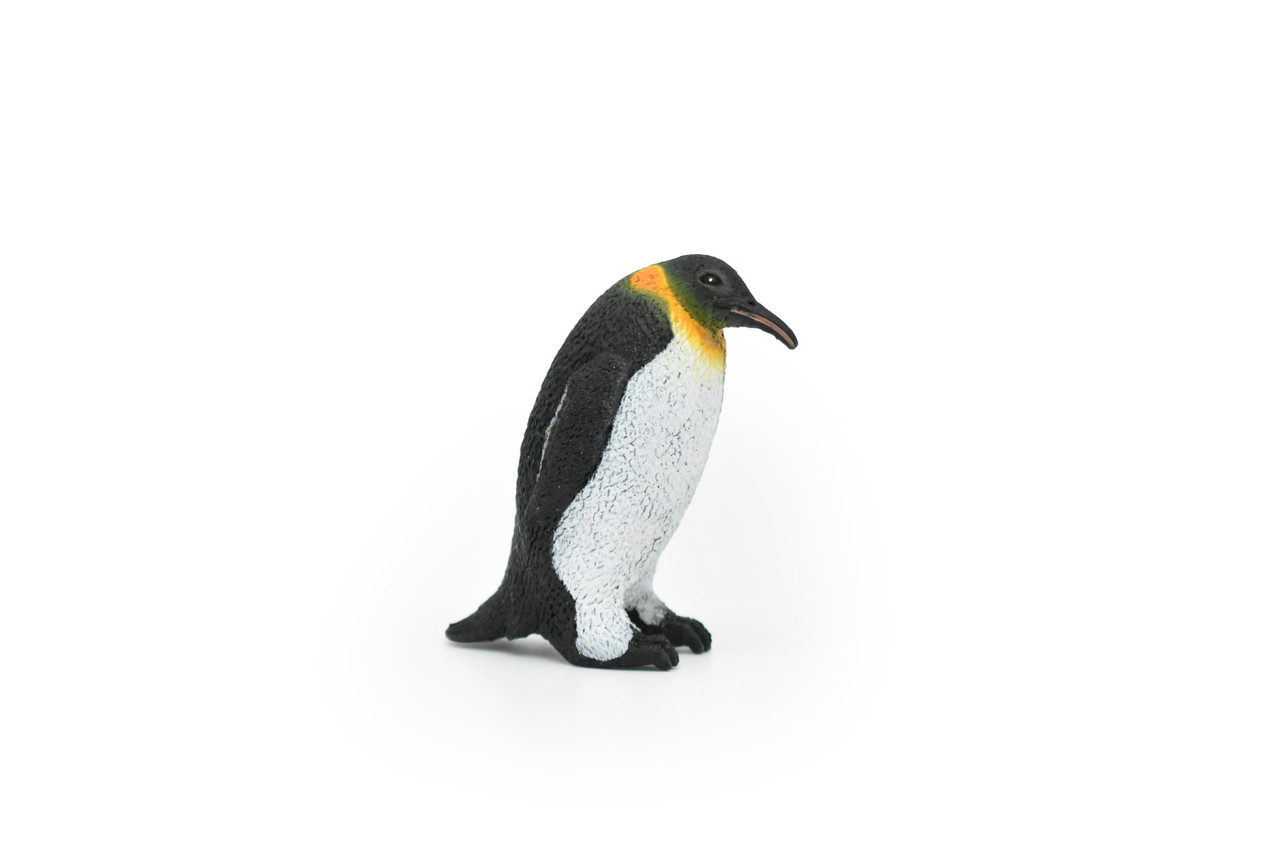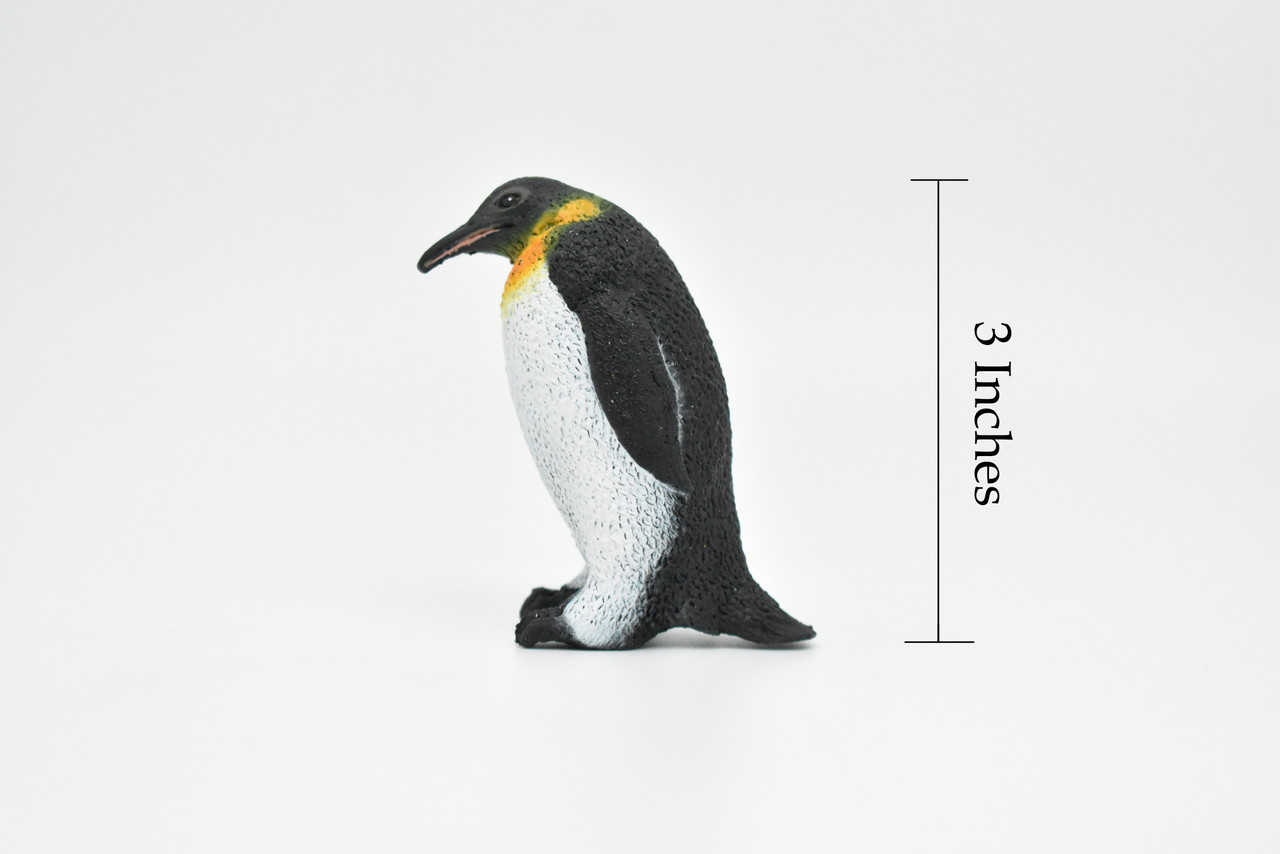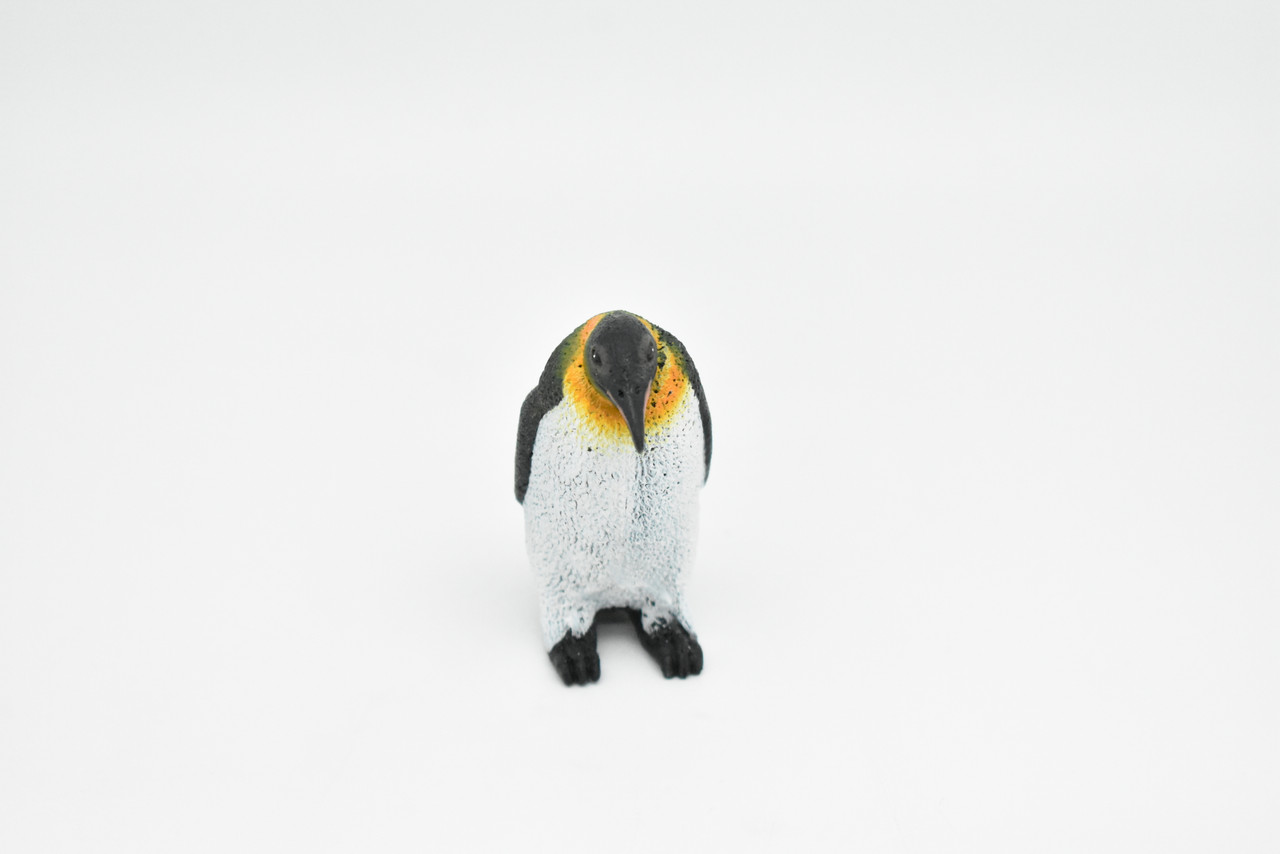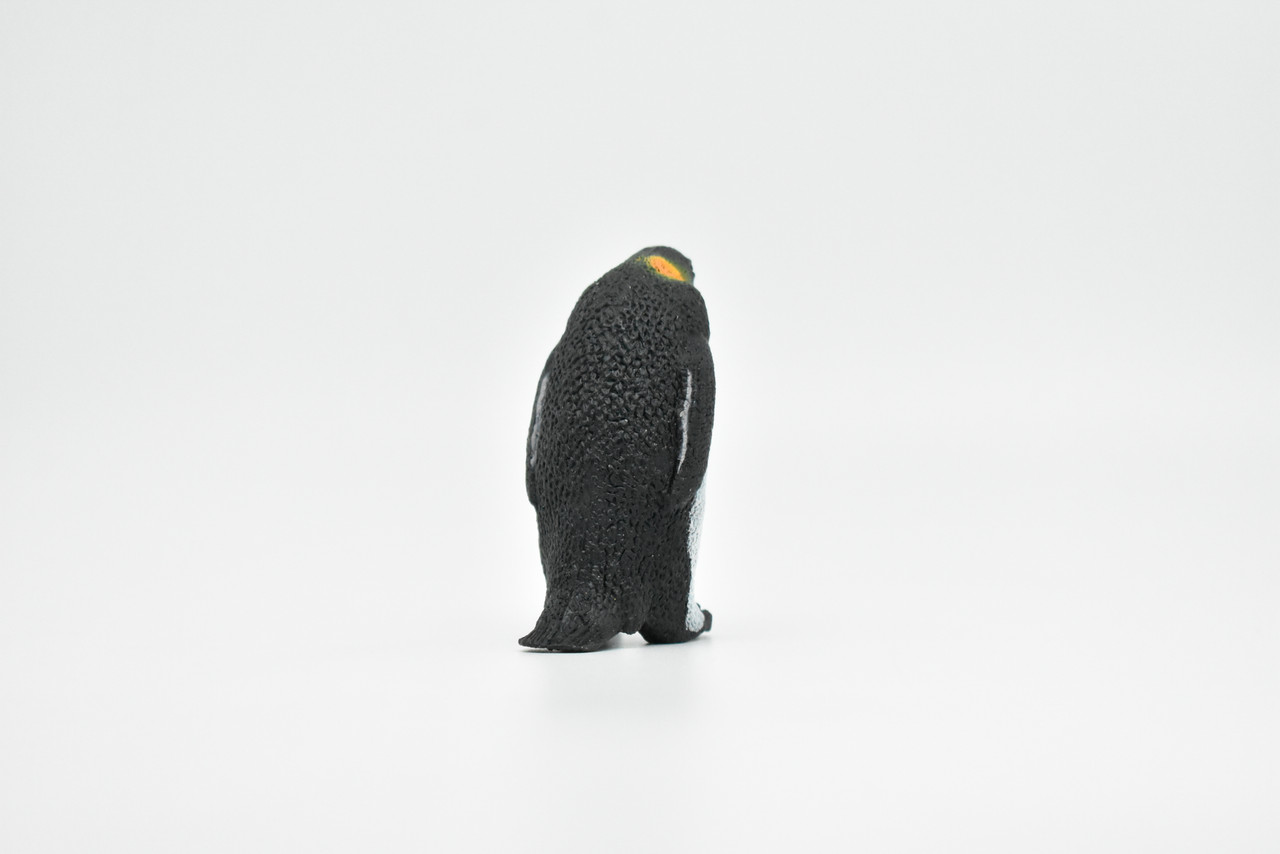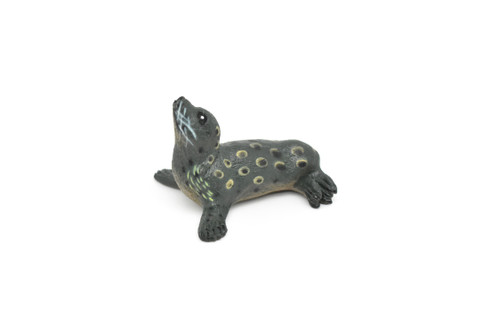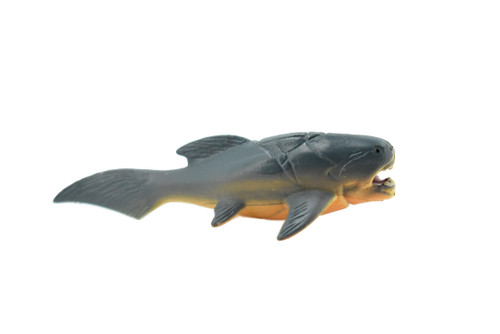Product Description
Emperor penguins (Aptenodytes forsteri) are found throughout the Antarctic continent and sub-Antarctic islands. In breeding months (April to November), emperor penguin colonies are found between 66° and 78° south latitude, along the Antarctic coastline. One colony is located on the Antarctic peninsula, which is on the western base. Emperor penguins have been recorded on the Islas Malvinas, and are occasional visitors to Tierra de Fuego (South America’s southernmost tip) and Isla de Los Estados (18km east of Argentina). (Coria and Montalti, 2000; Raymond, et al., 2015)
Emperor penguins are marine birds that lives exclusively in the Antarctic. Winter temperatures there range from -40 to 0°C, with wind chills reaching -60°C. During their breeding season, emperor penguins congregate on dense stable ice attached to the coastline of Antarctica. About 7 to 8 weeks after juveniles hatch, they leave their colonies and migrate toward open ocean areas. Outside of breeding season, they spend most of their time in seasonally-packed ice zones, where open sea is easily available for foraging. Colonies migrate to ice shelves during breeding season, where ice cliffs and icebergs serve as protection against cross winds. (Kooymana, et al., 1990; Raymond, et al., 2015; Thiebot and Lescroel, 2013)
Emperor penguins are the largest sea birds in the Antarctic, standing 101 to 132 cm tall. They have wingspans ranging from 76 to 89 cm. These penguins have black and white bodies with stiff black wings. Their back, head, chin, throat, and the dorsal parts of their wings are black. Their undersides, or ventral sides, are completely white up to their necks. They have auricular (ear-region) patches of orange and yellow that fade towards their shoulders. This yellow fades to white around the top portion of their chest. They also have patches of orange and yellow on their heads and breasts. Emperor penguins have beaks that are long and black, with pinkish-orange stripes along their lower mandibles. Emperor penguins weigh 25 to 45 kg as adults. They gain and lose weight rapidly during breeding and feeding seasons. On average, females tend to weigh 18 kg less than males.
When they are born, emperor penguins have gray skin with no feathers and weigh around 315 g. Gray feathers fill in after the first couple of weeks of birth, after which a black crown of feathers going from their bill to the back and sides of their head develops. Around the same time, white cheeks and a white chin appear. As juveniles, emperor penguins are grayish-blue, aging as developing their distinct black-and-white patterns as they mature.
Collectible Wildlife Gifts is the market leader in providing high quality, realistic toys of all types!
Every one of our items is heavily inspected for quality craftsmanship and authenticity. Our products make great gifts for your family and friends! Additionally, our lifelike animal figurines and plush make for great displays and educational sets. We are happy to serve our wide range of clientele from parents to educators, gift shop owners and many more!
Our team works hard to ensure you get a great toy. All products from Collectible Wildlife Gifts, are checked for quality to ensure you receive order in perfect condition.
From plush sharks to educational animal growths cycle we offer the perfect toy or gift for any occasion. Our products have been ordered by educational groups, aquariums, zoos, and more.
Great customer service is guaranteed when you order from Collectible Wildlife Gifts, we want you to love your toy and have a simple ordering process, we are happy to assist with inquiries!

